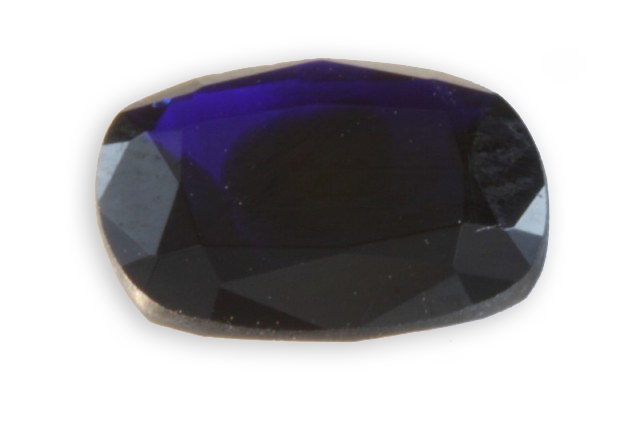
monoclinic
Je vous emmène à travers mes vidéos découvrir mon expérience acquise depuis plus de 30 ans a silloner le globe entier à la recherche de pierres précieuses, de rencontre mémorables mais aussi de difficulté parfois …
actualités
Categories

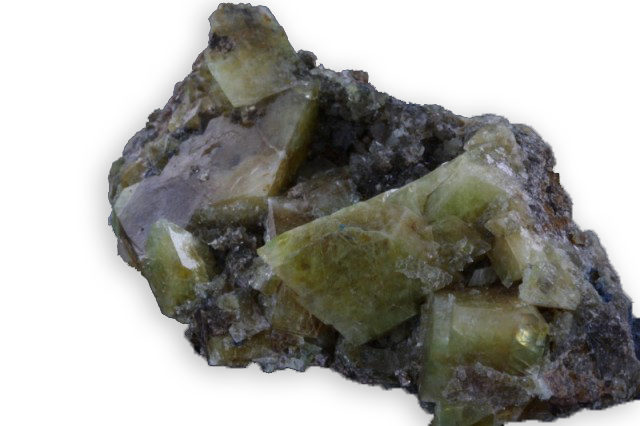
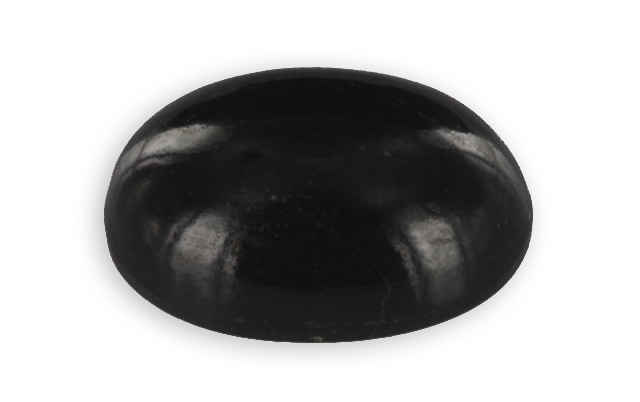
allanite
Named by Thomas Thomson in 1810 after the scottish mineralogist Thomas Allan. This is a mieral close to epidote and there are 3 types of allanite based on their concentration in cerium, lanthanum, yttrium (rare earth element). The lanthanum variety is radioactive.
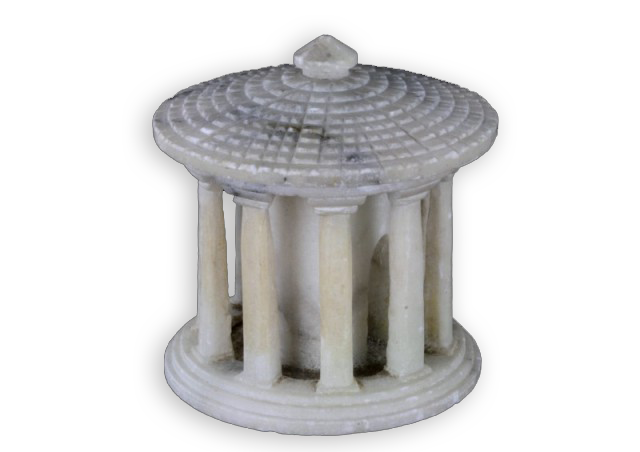
alabaster
Its name comes from the Greek “alabastros” (earlier albatos) which designated a vase without handles, alabaster being used to make perfume vases without handles. Alabaster is an evaporite mineral. It is a massive aggregate of fine-grained variety of gypsum, its softness make it easy to
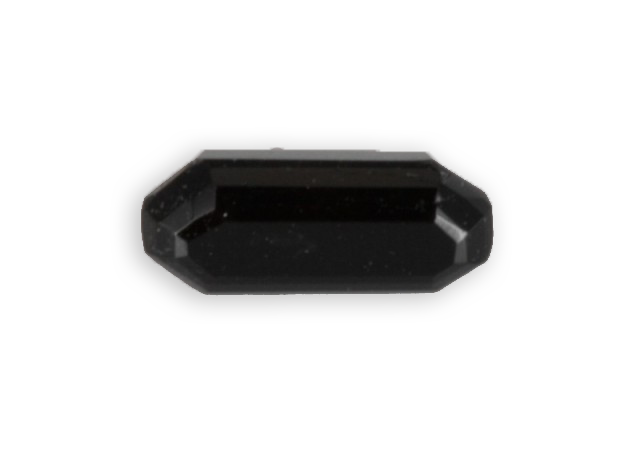
aegirine
Found in 1821 by P.Ström and named “acmite” from the Greek “point, edge” in reference to the typical pointed crystals. But in 1835 Berzelius named it aegirine after Aegir, the Teutonic god of the sea. Richer in sodium than augite, it oxydizes itself, pruducing chlorite,
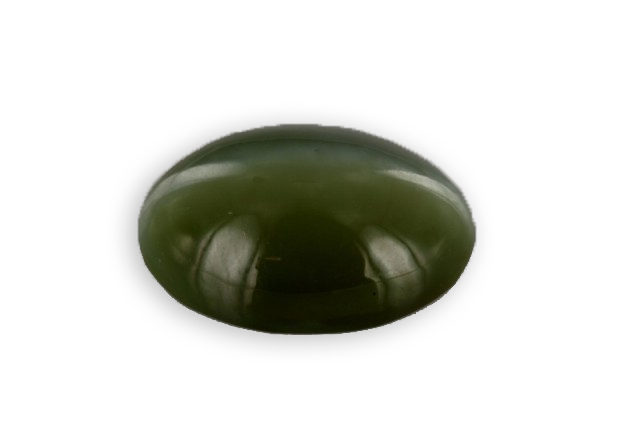
actinolite
Actinolite belongs to the amphibole group, discovered in 1794 by the mineralogist Kirwan. The name actinolite is derived from the Greek “aktis”, meaning “beam” or “ray” and “lithos”, meaning “stone”; referring to the mineral’s radiating fibrous nature. The name “actinolite” was given by René Just



